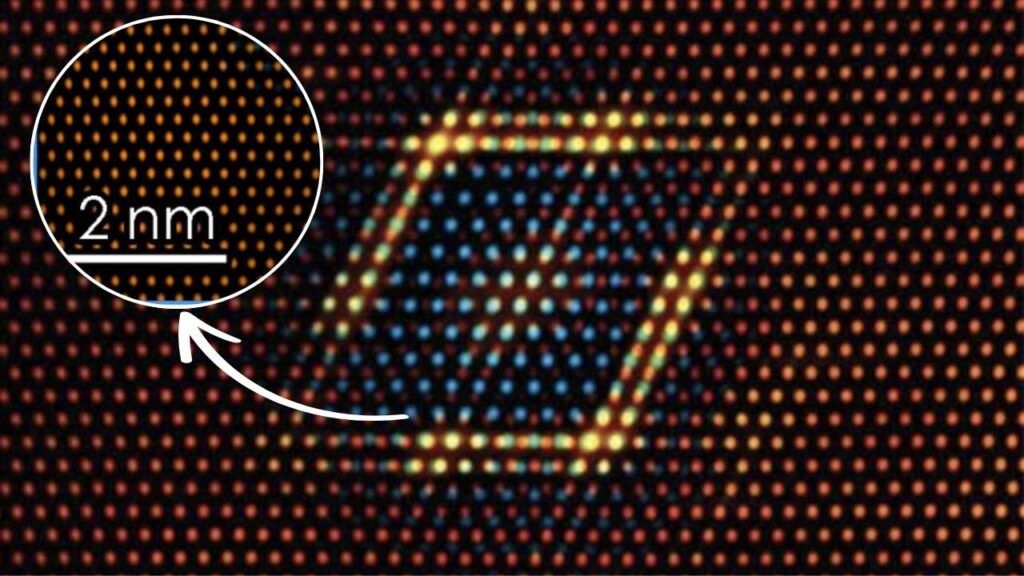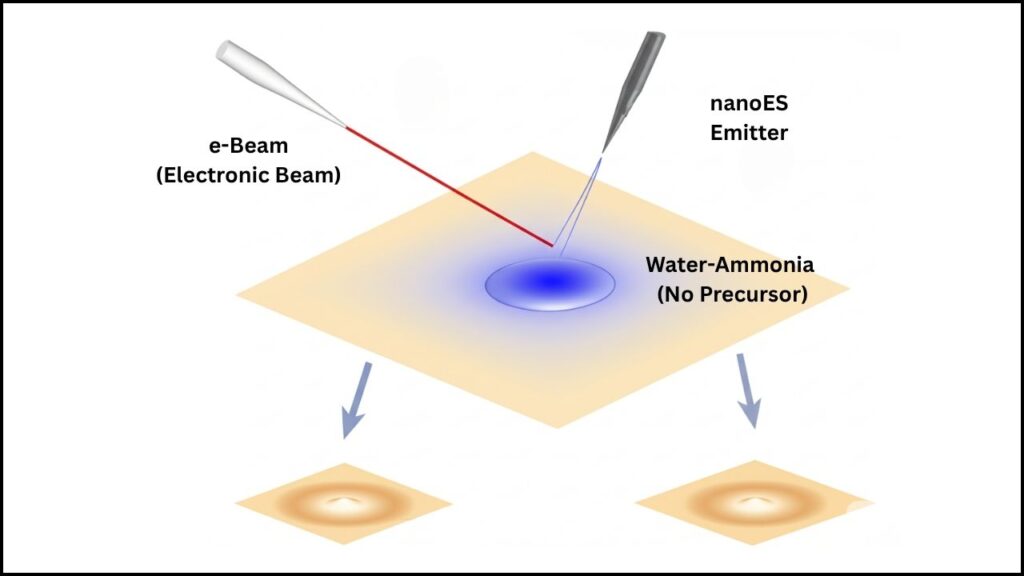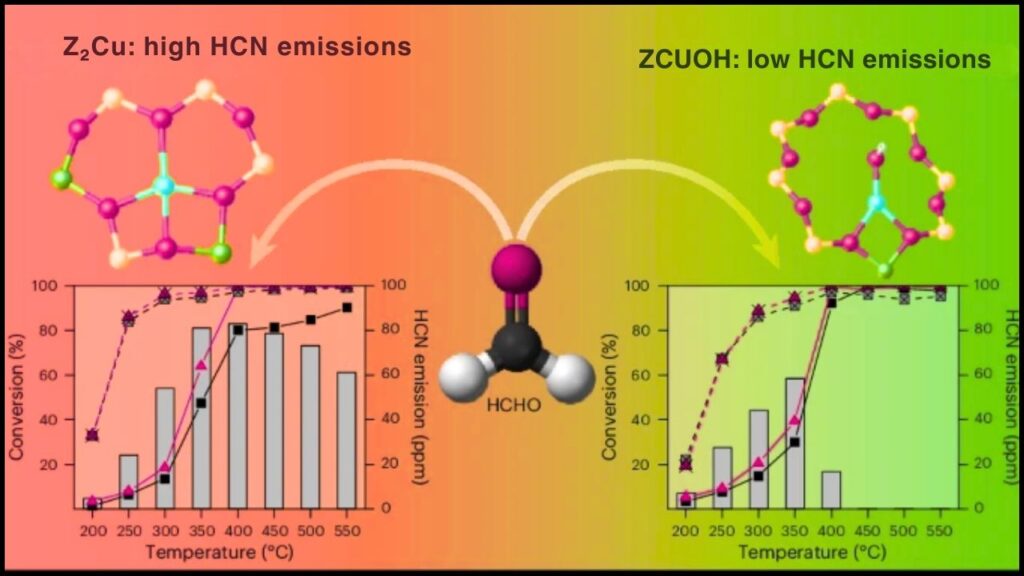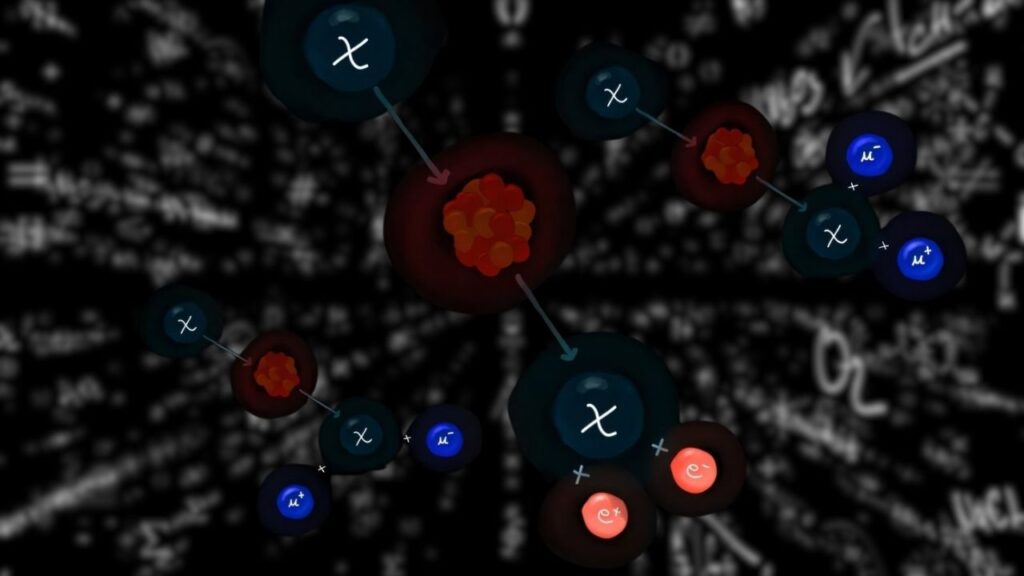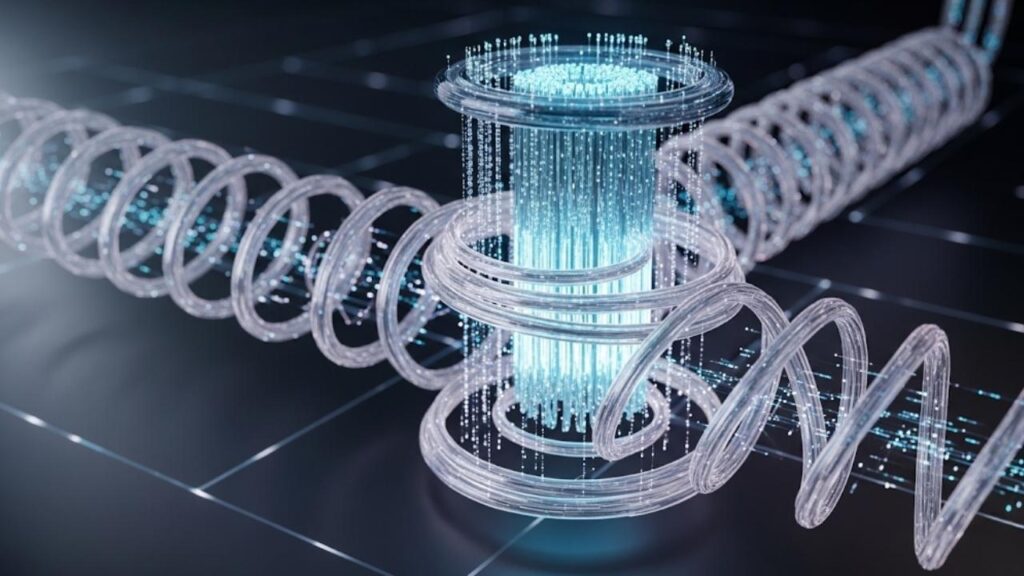Quantum batteries—those futuristic energy storage devices that use the strange laws of quantum physics—are taking a giant leap forward thanks to a major breakthrough by Australian researchers. In July 2025, a team from RMIT University and CSIRO announced that their experimental quantum battery can now hold a charge 1,000 times longer than any previous design, moving from nanoseconds (billionths of a second) to microseconds (millionths of a second). That might not sound like much, but in the world of quantum physics—where every tiny fraction of a second matters—it’s a monumental step toward real, practical applications.
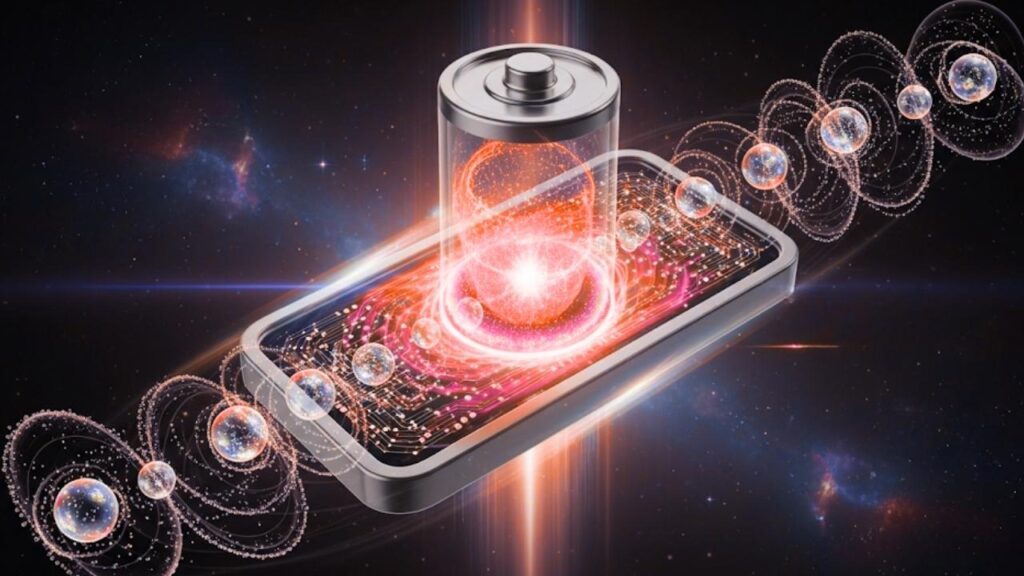
Table of Contents
Why Does This Matter?
Imagine a battery that charges your phone, laptop, or electric car in seconds, lasts much longer between charges, and is no bigger than a grain of sand. That’s the dream of quantum batteries. But for years, these devices have struggled with self-discharge: as soon as they stored energy, it would leak away almost instantly, sometimes vanishing faster than it was put in. This was like filling a bucket with a giant hole in the bottom—no matter how fast you poured, the water would always drain out.
The Australian breakthrough is like plugging most of that hole. For the first time, researchers have shown that quantum batteries can hold onto their energy for much longer, bringing us closer to the day when these tiny power packs could actually be useful—not just in high-tech labs, but in everyday life.
Breakthrough Fixes Quantum Battery Self-Discharge
| Breakthrough | Storage Time Improvement | How It Works | Who Did It | Practical Use? |
|---|---|---|---|---|
| Molecular Triplet Stabilization | 1,000 times longer (nanoseconds → microseconds) | Stores energy in “dark” molecular triplet states, which resist light emission and energy loss | RMIT University & CSIRO (Australia) | Lab prototype only |
The 2025 Australian quantum battery breakthrough is a landmark achievement. For the first time, researchers have dramatically slowed the self-discharge that has held these devices back, moving from nanoseconds to microseconds—a 1,000-fold improvement. This is a giant step toward practical quantum batteries, but there’s a long road ahead: longer storage times, energy extraction, scalability, and manufacturability all remain major challenges.
Quantum batteries are not yet in your gadgets—but the dream is closer than ever. If scientists, engineers, and innovators continue to make progress, we could see a new era of energy storage: instant charging, super-long life, and batteries that are lighter, safer, and more powerful than anything we have today.
So, How Did They Do It?
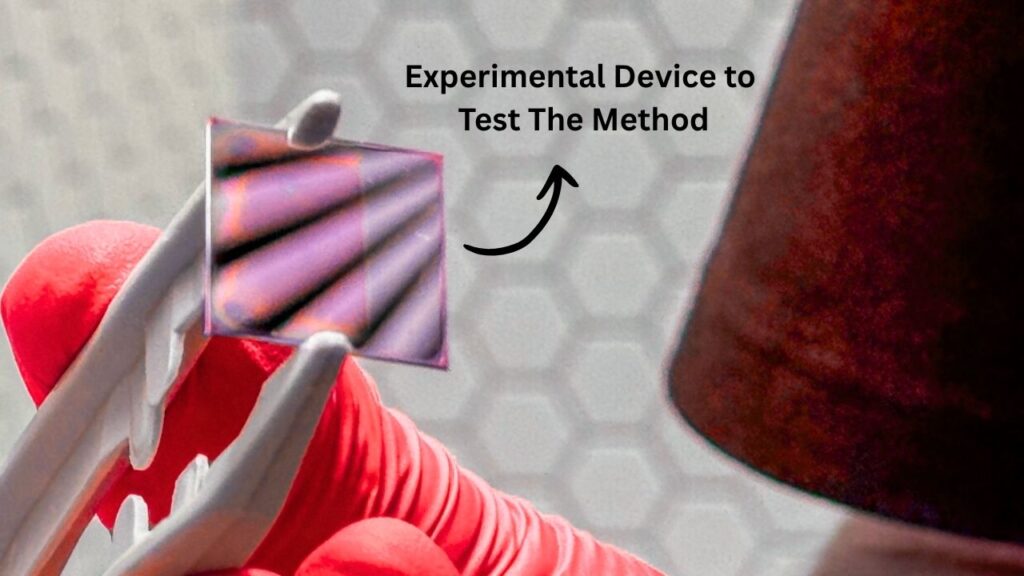
What’s Different This Time?
Previous quantum batteries stored energy in “bright” states—think of a glowing lightbulb that shines brightly, but drains its power quickly. The Australian team flipped this idea: they used “dark” molecular triplet states, which are like a cool rock that holds heat for a long time without giving it off as light. These triplet states resist radiative emission—the main way quantum batteries lose their charge.
Engineering the Quantum Battery
The team built a multilayer microcavity device: one layer (the “donor”) rapidly absorbs energy from light, and the other layer (the “acceptor”) stores it in these dark triplet states. By carefully matching the energy levels of these two layers, they enable efficient transfer from the fast-charging “bright” state to the long-lasting “dark” state. In their best-performing prototype, energy was stored for over 40 microseconds—a huge improvement over the previous record of nanoseconds.
“While we’ve addressed a tiny ingredient of the overall piece, our device is already much better at storing energy than its predecessor,” said Daniel Tibben, a PhD candidate at RMIT and co-author of the study.
Why Is This Such a Big Deal?
A Giant Step—But Not the Last Step
This breakthrough is a world-first experimental leap, not a final product. Micron-sized quantum batteries are now possible, but they’re still tiny and last only microseconds—far short of the seconds, minutes, or hours needed for real-world gadgets. Yet, the science is solid and the path forward is clearer than ever.
What’s Next?
The team is already working on the next generation of devices, aiming for even longer storage times and ways to convert stored quantum energy into usable electrical current—a must for any practical battery. They’re also exploring how to scale up the technology so it could eventually power everything from solar panels to microelectronics, medical implants, and even space probes.
A Step-by-Step Guide: How the Quantum Battery Breakthrough Happened
- Identify the Problem: Quantum batteries were limited by superradiance—a rapid, enhanced discharge of energy almost as soon as it was stored.
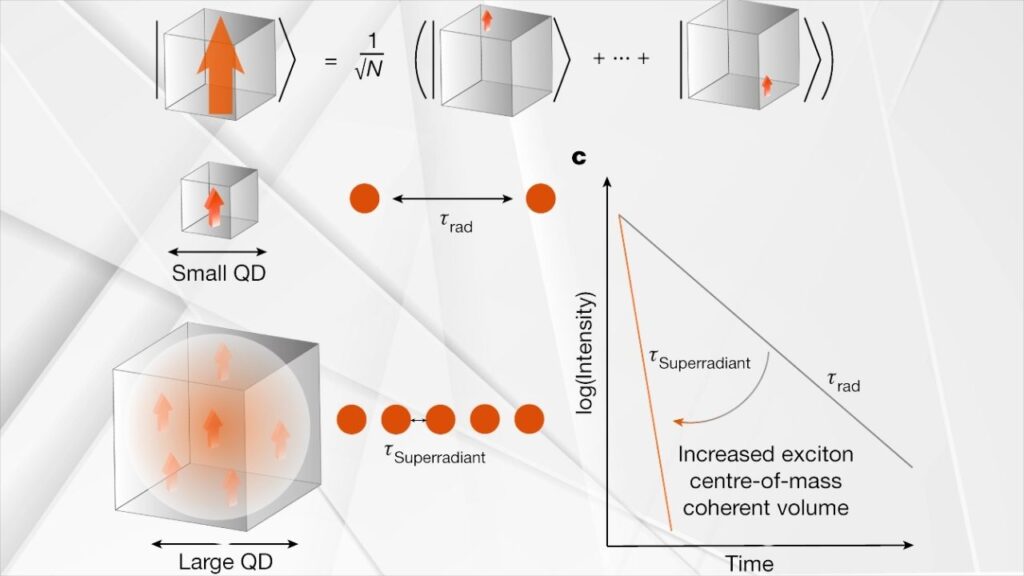
- Devise a New Design: Separate the charging (superabsorption) and storage (triplet states) functions into different layers for more control.
- Optimize Energy Transfer: Carefully align the energy levels of the charging and storage layers for maximum efficiency.
- Build and Test Prototypes: Create and refine several tiny devices in the lab, measuring how long each can hold a charge.
- Analyze Results: The best device held energy for over 40 microseconds, over 100 times longer than any previous quantum battery.
- Plan the Next Steps: Develop new designs that further slow self-discharge, extract energy as electricity, and scale up for real-world use.
The Big Picture: What Quantum Batteries Could Mean for You
For Kids and Curious Minds
If you’ve ever been frustrated by your phone dying too fast, or had to wait forever for your laptop to charge, quantum batteries could change everything. They promise:
- Instant charging: Fully power your devices in seconds
- Super-long life: Go days or even weeks between charges
- No bulky batteries: Tiny, lightweight, and safer designs
- Better solar storage: Store extra energy from the sun to use at night
For Engineers, Entrepreneurs, and Futurists
This breakthrough is a signal: Quantum batteries are moving from pure theory to real experiments with measurable progress. For engineers, it means new challenges—how to scale up, extract energy as electricity, and build devices that last even longer. For entrepreneurs, it’s a glimpse of a New Frontier in clean energy, electronics, and beyond. For everyone, it’s proof that science never stops pushing the limits of what’s possible.
What’s Still Holding Quantum Batteries Back?
- Storage time: Microseconds are great, but we need seconds, minutes, or hours for real use.
- Energy extraction: So far, energy is stored as light or molecules—turning it into usable electricity is the next hurdle.
- Scalability: Making quantum batteries bigger and keeping their quantum effects is a huge challenge.
- Cost and manufacturability: No one knows yet what these batteries will cost to make, or how easy they’ll be to produce at scale.
- Real-world testing: Quantum batteries are still laboratory curiosities—not yet in your phone, car, or home.
What If This Technology Succeeds?
If scientists and engineers can solve these problems, quantum batteries could:
- Power ultra-fast charging stations for electric vehicles
- Revolutionize portable electronics—phones, laptops, tablets, wearables
- Enable new medical devices—implants that last for years without needing a battery change
- Boost renewable energy storage—helping solar and wind power become even more reliable
- Open up space exploration—lighter, longer-lasting power sources for satellites and probes
Safer Batteries May Be on the Horizon With Next-Generation Polymer Blends
New Organic Batteries Could Be the Key to Cleaner, Cheaper Energy Storage
FAQs About Breakthrough Fixes Quantum Battery Self-Discharge
Q: What is a quantum battery?
A quantum battery is a new kind of energy storage device that uses quantum mechanical effects (like superposition and entanglement) to store and release energy, potentially enabling much faster charging and higher energy density than today’s batteries.
Q: Why is self-discharge a problem for quantum batteries?
Regular batteries lose energy slowly through chemical reactions. Quantum batteries, because they rely on delicate quantum states, lose energy through rapid radiative emission (called superradiance) and interactions with their surroundings (decoherence).
Q: How long can quantum batteries store energy now?
The best current quantum battery prototype—from RMIT and CSIRO—stores energy for over 40 microseconds, a thousand-fold improvement but still far short of what’s needed for phones or laptops.
Q: When will quantum batteries be available for consumers?
Not anytime soon. These are experimental devices in university labs. Real-world products are likely many years away.
Q: What are the biggest challenges remaining?
Developing longer-lasting storage, converting quantum-stored energy into electricity, scaling up production, and making devices that are affordable and safe.
Q: Why is this research important if it’s not ready for market?
Every major technology—from the lightbulb to the smartphone—started as a lab experiment. Today’s quantum battery breakthroughs are laying the foundation for the energy storage technologies of tomorrow.
The Future of Quantum Batteries: A Personal Perspective
As someone who’s followed this field closely, I can tell you that these Australian breakthroughs are a turning point. They prove that science can take on one of the toughest problems in quantum technology—rapid self-discharge—and make real, measurable progress. It’s a reminder that innovation rarely happens in giant leaps, but through persistent, creative problem-solving.
For professionals: Pay attention. This is a hot area of research with huge potential, and the field is moving faster than ever. For students and kids: Stay curious. The future of energy, computing, and technology will be shaped by quantum discoveries that we’re making right now.
